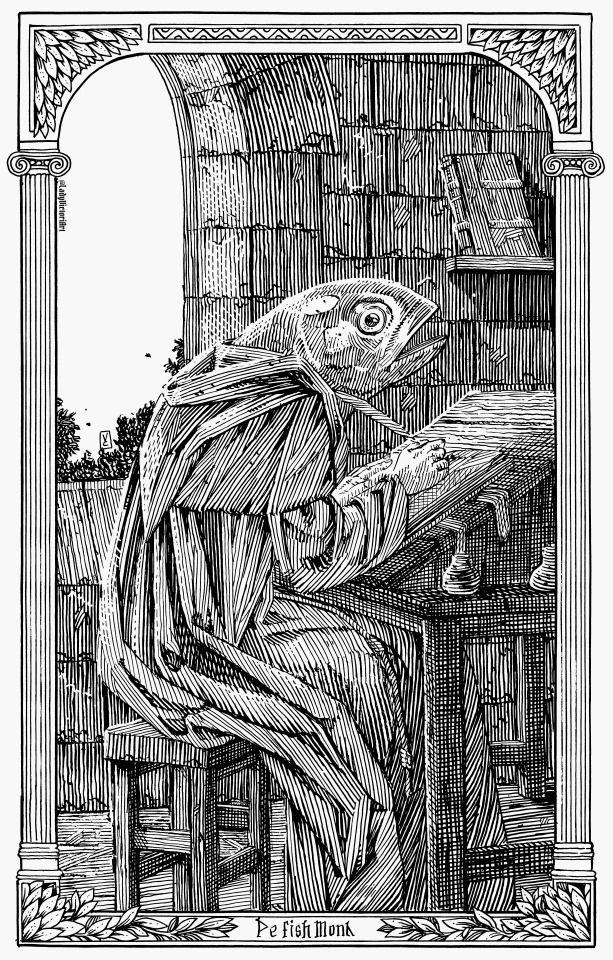#HIstory
Explore tagged Tumblr posts
Text











Water Lilies painted by Claude Monet (1840 - 1926)
#art#art history#artwork#painting#history#culture#vintage#claude monet#impressionism#water lilies#water lily
57K notes
·
View notes
Text
It seems that survival is more distant than ever; death surrounds us from every side. Awaken your hearts, your emotions-engage with us. Every word, every interaction, every bit of support makes us feel that we are not alone. Your donation is not just help it’s a life given anew.
#gaza#free gaza#free palestine#palestine#artists on tumblr#art#fashion#photography#history#queer#transgender#minecraft#steven universe#the last of us#pixel art#tgcf#singapore#black butler#webcore#azzi fudd#food#f1#txt#books#story#love#sea#shadow#americana#donald trump
3K notes
·
View notes
Text


Foxes disguised as monks. On the left from Japan and on the right from Denmark.
87K notes
·
View notes
Text
Starting discourse about whether writing porn about Socrates counts as RPF.
2K notes
·
View notes
Text

ACT UP, 1990
24K notes
·
View notes
Text

work.
939 notes
·
View notes
Text
Trump: STOP BEING MEAN TO MY FRIEND'S BUSINESS! BOYCOTTING IS ILLEGAL! I WILL MAKE YOU BUY HIS STUFF!
Me, gazing into Boston Harbor with a tear in my eye: that's what they said about the British East India Company my dude
44K notes
·
View notes
Text

The Fish Monk
706 notes
·
View notes
Text



#asterix#julius caesar#ides of march#tumblr#history#filmtvcentral#userbbelcher#userstream#chewieblog#userelysia#filmtvdaily#userthing#tvgifs#throwbackblr#filmtvsource#userrlaura#tuserjen#userkk#uservalentina#tuserhan#tuserbailey#tusereliza#tuserflora#usersource#tuserlou#tusermona#useraurore#filmgifs#filmedit#fyeahmovies
33K notes
·
View notes
Text


During the Great Depression, many American families faced severe financial hardship, and everyday items became essential for survival. Flour sacks, which were typically used to carry flour, became a valuable resource for poor families. Instead of discarding the sacks once emptied, people reused them to create clothing, bedding, and other household items. This practice was especially common among those who could not afford store-bought fabric.
938 notes
·
View notes
Text

fetch my lancelot x arthur enemies to lovers whump fic NOW wench!
#only the best for milords#medieval meme#illuminated manuscript#medieval art#medieval#medieval history#medievalist#history#history meme#my art#art#pass the yaoi
499 notes
·
View notes
Text










DOG MOSAICS (From Italy and Greece ××)
#dogs#italy#rome#greece#ancient rome#ancient greece#history#ancient history#mosiac#dog imagery#dog symbolism#dogcore#art#ancient art#interesting#nonhuman#alterhuman#weirdcore#oddcore#artwork#italiano#arte#dogblr#dogs of tumblr#dog#design#vintage#symbolism#religious imagery#graveyard
27K notes
·
View notes
Text

you, the knower! ....... I KNOW ..it burns my mouth too that is very normal Steve just keep drinking it on camera .. .........not sorry watching.............him yes pay him too drink it (VS) death match

feels normal !! Trump is driving !! go team USA


. now this one is just down rite stupid ... if the guy was all gacked on
Phencyclidine
maybe YES ....it (wood) BEE insane ..id pay to see that! it wood bee very entertaining mad max stuff

Birdie is taking calls now? --let us know how you feel-- feels normal !!

(ampersketch-art ) i said cutter is funding it *bots are being use to spread hate speech... towards the Jewish community...i do not support this !!

Your friends watching something for the first time and getting to that scene VS you, the knower.

#team usa#meme#hello world#team japan#feels normal#memes#humor#hello#just#okay#hello! project#good lord#oh god#oh my god#art#chap and house rule#1#attribute#culture wars#museums#impressionism#history#culture shock
90K notes
·
View notes

